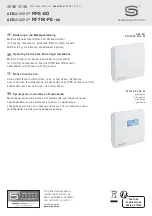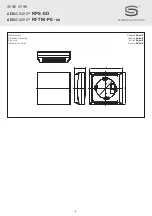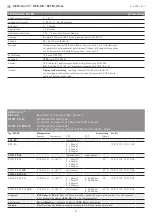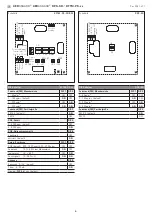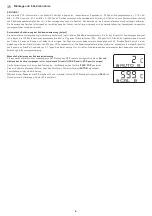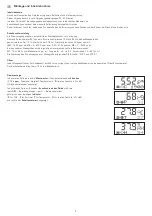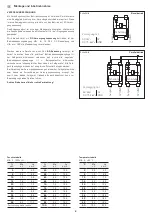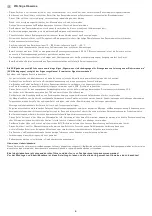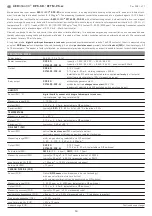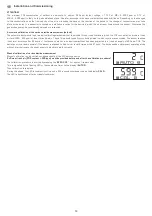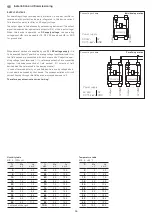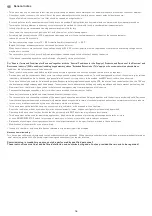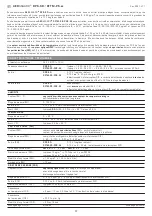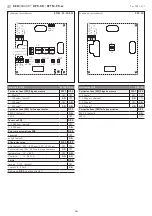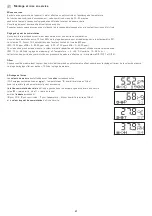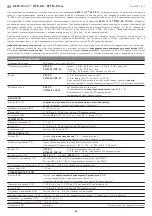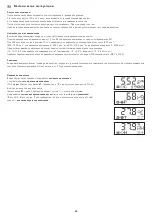
13
G
Installation and Commissioning
ATTENTION!
The minimum CO2
concentration of outdoor air amounts to approx. 350 ppm (output voltage = 1.75 V
at MR = 0...2000 ppm or 0.7 V at
MR = 0...5000 ppm) in leafy, hardly industrialised areas. Gas inter-exchange in the sensor element happens by diffusion.
Depending on the changes
to the concentration and the flow velocity of the air surrounding the sensor, the reaction of the device to the change of concentration may take
place with a delay. It is essential to choose an installation location for the device
in which the air stream flows around the sensor. Otherwise the
gas exchange may be considerably delayed or prevented.
Automatic calibration of the carbon dioxide measurement
(default)
The automatic background logic is a self-calibrating mechanism that is suitable for use in applications in which the CO2 concentration drops to fresh
air level (350 - 400 ppm) at least three times in 7 days. This should typically occur during times in which rooms are unoccupied. The sensor reaches
its normal accuracy after 24 hours of continuous operation in an environment that has been subjected to a fresh air supply of 400 ppm CO2. The
deviation errors remain minimal if the sensor is exposed to fresh air at least 4 times within 21 days. The device needs a permanent operating mode
without interruptions to the power supply to be able to work correctly.
Manual calibration of carbon dioxide measurement
Manual calibration can be carried out independently of the DIP switch position.
Sufficient fresh air (CO2 content = 500 ppm) must be provided before and after the calibration procedure!
The calibration procedure is started by pressing the “
ZERO CO2
” (for approx. five seconds).
This is signalled by the flashing LED or the countdown timer on the display (
AUTO 0
).
Then calibration takes place.
During this phase, the LED is constantly active and a 600-second countdown runs on the display
CAL 0
).
The LED is deactivated after successful calibration.

